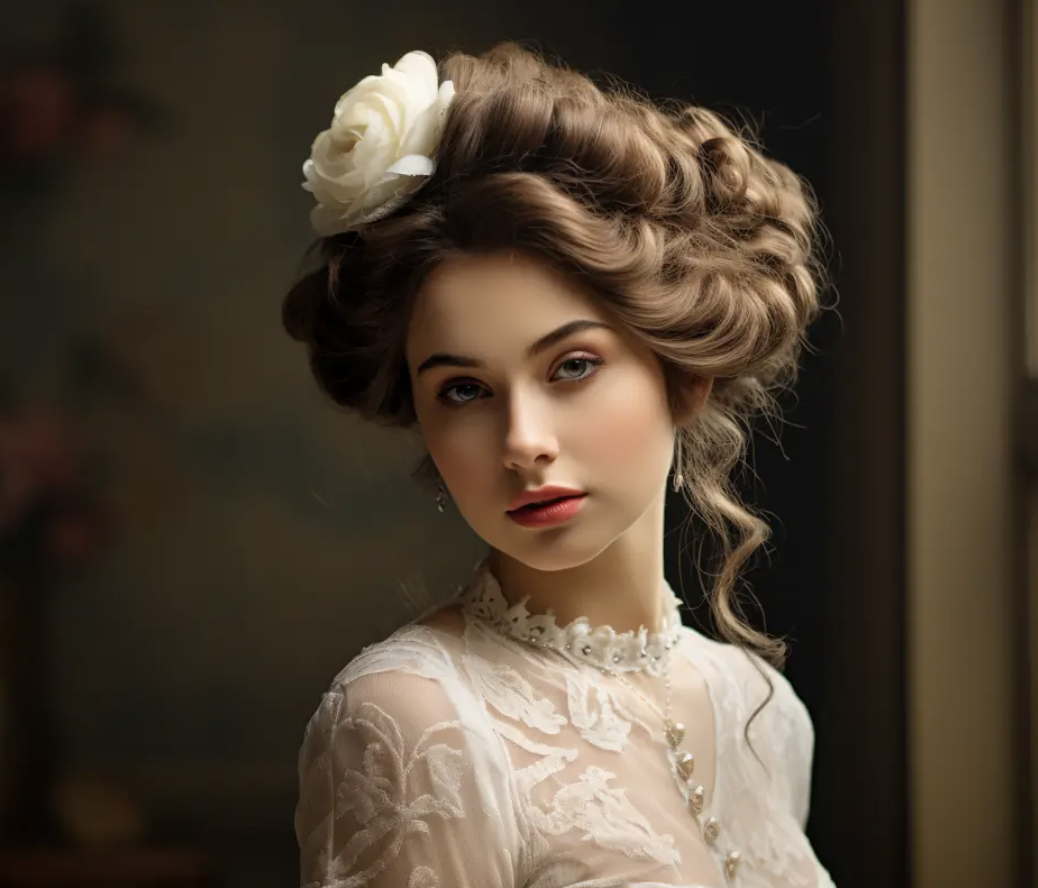The History of Hairstyling: From Ancient Cultures to Modern Trends
Hairstyling has been an integral part of human culture for centuries, reflecting social status, fashion trends, and personal identity. From ancient civilizations to contemporary times, the evolution of hairstyling reveals a fascinating journey that continues to shape modern techniques and aesthetics. In this article, we’ll explore the rich history of hairstyling, highlighting key milestones and their impact on today’s trends.
Ancient Cultures: The Beginnings of Hairstyling
Hairstyling has deep roots in ancient cultures, where elaborate hair designs were symbols of power, status, and beauty.
1. Ancient Egypt:
Egyptians were among the first to use hairstyling as a form of personal expression and social status. Both men and women adorned their hair with elaborate braids, wigs, and decorative accessories. They used natural ingredients like beeswax and castor oil to style and maintain their hair.
2. Ancient Greece:
Greek hairstyles were characterized by their intricate braids and curls. Women often wore their hair in long, flowing styles adorned with gold or jeweled headpieces. These styles were not just about beauty but also reflected one's role and status in society.
3. Ancient Rome:
Romans took hairstyling to new heights with their elaborate updos and curled hairstyles. Wealthy Roman women often dyed their hair with natural dyes, such as henna, to achieve striking colors. Hair was an essential part of their grooming routine, reflecting their social standing and personal identity.
Middle Ages and Renaissance: Symbolism and Sophistication
During the Middle Ages, hairstyling became more subdued due to religious influences, but it experienced a revival during the Renaissance.
1. Middle Ages:
Modesty dictated that women cover their hair with veils or headpieces, leading to simpler styles. However, hair was still an important symbol of virtue and modesty.
2. Renaissance:
The Renaissance period saw a resurgence in elaborate hairstyling. Women’s hair was often styled in intricate braids and adorned with ribbons, pearls, and flowers. The use of wigs became popular, reflecting the era's emphasis on beauty and sophistication.
18th and 19th Centuries: Extravagance and Innovation
The 18th and 19th centuries marked a period of extravagance and innovation in hairstyling, particularly among the European aristocracy.
1. 18th Century:
The towering hairstyles of the 18th century, often powdered and adorned with accessories, became iconic. These elaborate styles were symbols of wealth and status, with women spending hours perfecting their hairdos.
2. 19th Century:
The 19th century brought a shift towards more natural and romantic hairstyles. Ringlets, soft waves, and buns were popular, reflecting the Victorian era's focus on femininity and elegance. The invention of new hairstyling tools, such as curling irons, revolutionized how hair was styled.
20th Century: The Birth of Modern Hairstyling
The 20th century introduced significant changes in hairstyling, influenced by cultural shifts, technological advancements, and iconic personalities.
1. 1920s:
The flapper era embraced short, bobbed hairstyles, symbolizing women's liberation and modernity. This drastic change from long locks to short cuts marked a significant cultural shift.
2. 1950s:
The post-war era celebrated glamorous hairstyles, influenced by Hollywood icons like Marilyn Monroe. Pin curls, victory rolls, and voluminous updos became hallmarks of the time.
3. 1980s:
The 1980s were characterized by bold, voluminous styles. Big hair, perms, and vibrant colors reflected the era's exuberant fashion and cultural trends.
Contemporary Trends: A Fusion of Past and Present
Today’s hairstyling trends are a fusion of historical influences and modern innovations. Professional hairstyling courses emphasize the importance of understanding these historical contexts to create contemporary looks.
1. Embracing Natural Textures:
Modern hairstyling celebrates natural textures, drawing inspiration from ancient and traditional styles that embraced curls, waves, and coils.
2. Eco-Friendly Practices:
The trend towards sustainability in hairstyling echoes the use of natural ingredients in ancient cultures. Professional hairstyling courses now often include training on eco-friendly products and techniques.
3. Technology and Innovation:
Advances in hairstyling tools and products, from ceramic flat irons to high-tech hair treatments, have revolutionized how stylists work. These innovations build on centuries of hairstyling practices, blending tradition with modernity.
Conclusion: The Ever-Evolving Art of Hairstyling
The history of hairstyling is a testament to human creativity and the desire for self-expression. From the intricate braids of ancient Egypt to the sophisticated curls of the Renaissance, each era has contributed to the rich tapestry of hairstyling techniques we use today. By understanding these historical influences, stylists can better appreciate the art of hairstyling and apply these timeless principles in their professional hairstyling courses and careers.
The journey of hairstyling through the ages highlights its significance in cultural identity and personal expression. By embracing both the historical and modern aspects of hairstyling, professionals can create innovative and timeless looks that continue to evolve with the trends.
Victorian Era Hairstyle
1960’s Hairstyle


